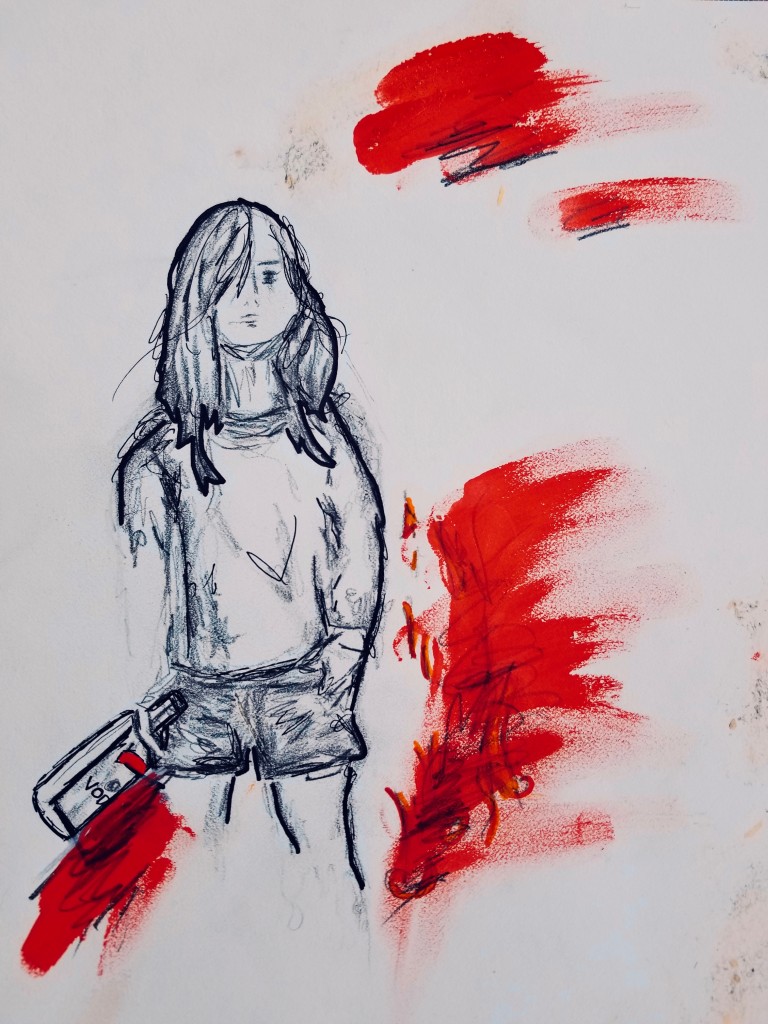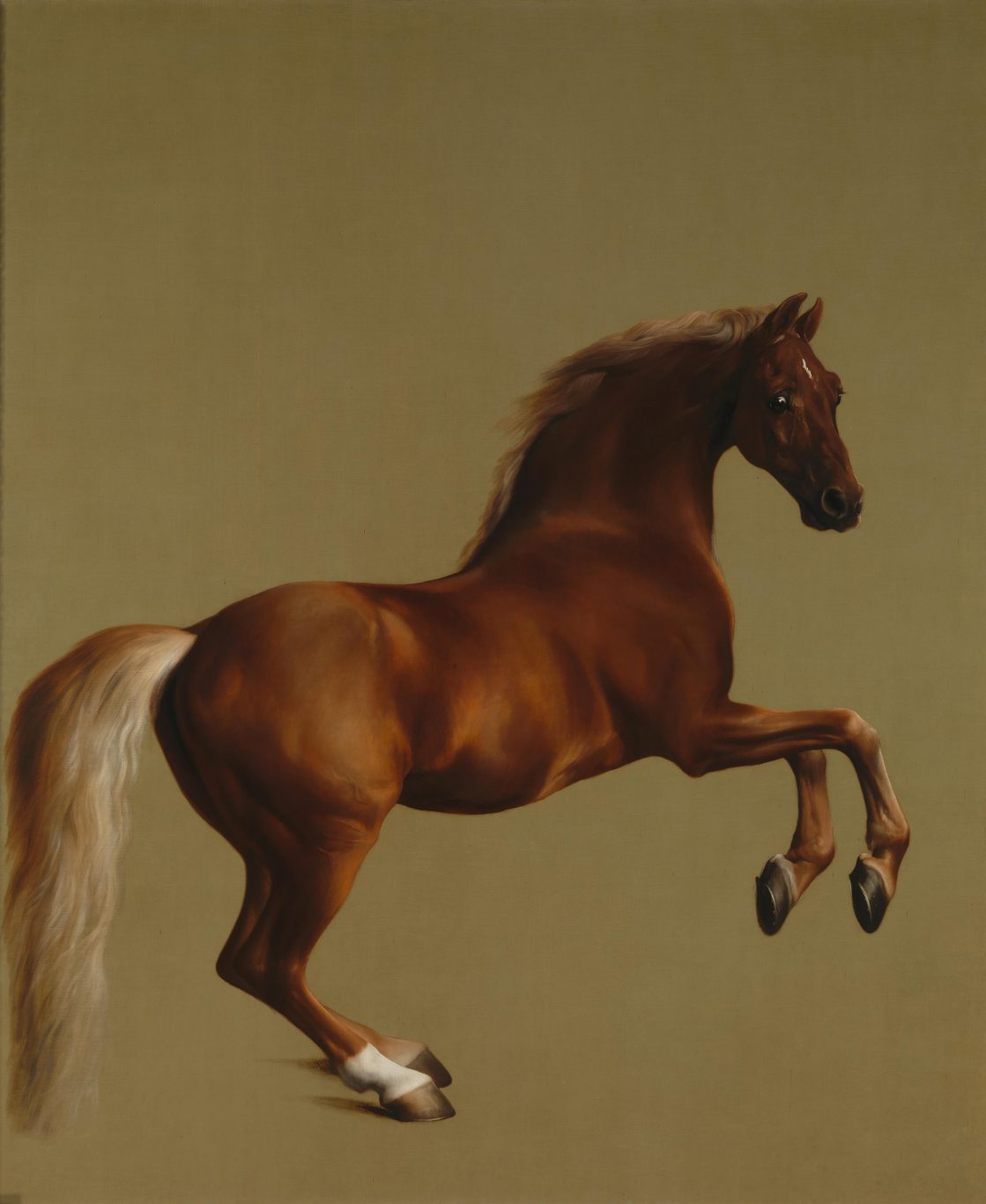Can a clock be art? What if the clockmaker was brilliant? What if he was ignored, until too late?
John B. McLemore, the 49-year-old unlikely star of S-Town (a hugely successful podcast by the producers of Serial and This American Life), was funny, darkly sarcastic, with a huge heart that practically burst through the radio. But now, after the two-year anniversary of the podcast, not much is said about him anymore. His work has not been called art; his memory not preserved.
On March 28, 2017, S-Town premiered, chronicling the life of the charismatic man who two years earlier had died. It was a secret kept until nearly the end of the show about him: he had died by drinking poison from his workshop, using the materials of his work—which had been his life—to take his own life.
But on S-Town, the particular wonder of McLemore’s work was lost in the many wonders about him: He hated tattoos, but covered his back with them; he dismissed commitment, yet yearned for a romantic partnership (these are not contradictions for those familiar with experiences of being queer); he complained bitterly about Woodstock, Alabama, but stayed there his whole life.
Clocks are art machines. They must function, and creating them, as McLemore did, requires a mechanical mind. Tom Moore (McLemore’s one-time chemistry professor at Birmingham Southern College and longtime friend), told me in an interview that McLemore could invent clocks in his head: “John could see a gear train that would keep the time, strike on the quarter hour with one strike, on the half hour with a different strike . . . He could just see that, and how it would work.”
But along with technical obsessiveness, McLemore had deep aesthetic leanings. He loved beauty, as evidenced in his reading and his gardening, including the design and creation of a massive hedge maze, a medallion-shaped labyrinth designed to have 64 solutions—an archaic and unending project that blended precision with artistry.
“Outsider artist” is a nebulous term, but Debra Kerr and Melissa Smith (the Executive Director and the Senior Manager of Learning and Engagement, respectively, of Intuit: The Center for Intuitive and Outsider Art) try to define it as an artist who is self-taught, independent of the art world, and often without class connections or advantages.
Intuit houses the Henry Darger Room Collection, a permanent exhibit of the visual art and writings of Darger, a janitor who died in 1973. Darger was hospitalized shortly before his death, and while he was in the hospital, his landlords uncovered a trove of drawings, watercolors, and manuscripts in his apartment, work he had been doing alone and unnoticed for years.
Could McLemore be considered an outsider artist like Darger, a recluse who wrote a 15,000 page novel?
Moore once wept when he opened a sundial McLemore had given him, a piece that took McLemore decades to make. In a series of photos Moore sent to me, McLemore’s sundial unfolds like a round treasure box, a perfect secret. Its seamless, wooden surface gleams with simplicity that conceals technical mastery. The lid slides off, and bright purple radiates behind a metal overlay of gold filigreed tulips, a dial plate with roman numerals as delicate as grains of rice. The shadow caster, called a gnomon, looks like a sharp gold fin, carved with a single tulip and Moore’s initials.
Photographs of the sundial made by John McLemore and sent to Tom Moore, courtesy of Moore.
It looks like an artifact from outer space.
McLemore taught himself to do that. He arrived at college “an 18-year-old kid who’d never been anywhere,” as Moore remembered, with his abilities and interests fully formed. That, along with the money he was making by working—starting as a young teenager, McLemore was taken by antique dealers to estate sales and auctions to check out clocks for them—did not keep him in school long.
Moore said he was unsurprised when McLemore dropped out. He was already driven to make things outside of the expertise of Birmingham Southern; he could not be contained by a major, or made to finish General Ed classes. “You could not really satisfy John.” Rather than live on campus—as nearly 90% of BSC students do—McLemore had just been commuting to class from small-town Woodstock. “He never left,” Moore said.
More than Woodstock, what McLemore truly never left was the world he created for himself. That world (which would, in time, consist of his house and land, gardens, the maze, his shop and work) was out of pace with the rest of the world—a world unto itself, a small kingdom, much like the house, brother’s house, and gardens which eventually made up the realm of Emily Dickinson.
Or Darger’s claustrophobic one-room apartment (re-created at Inuit), cluttered with all the artwork and objects found there when he died, including newspaper clippings, shoes, and string; his drawings on the walls.
Or the wooded land of artist Mary Nohl, studded with sculptures she made of concrete, sticks, and beach stones. She turned her house itself, inherited from her parents, where she lived alone until her own death, into a work of art—making oddly-angular furniture and stained glass windows, painting the staircases and fireplaces with drips, creating masks for the walls and chicken bone sculptures in the kitchen—a work of art that was fought over, threatened with demolition, and eventually recognized as one of the most important art environments in the United States, though it’s gated off from the public now.
Maybe part of being an outsider artist is about being removed or removing yourself—about being outside, even of time. How strange—or maybe, how right—for a clockmaker to be out of time.
S-Town host Brian Reed and others commented on how stepping into McLemore’s house was like time-traveling. “Where he lived was out of phase with the rest of our world,” Moore told me. “My sense of John’s always feeling somewhat displaced—some of that was in time. I mean, when people cared about the mechanism of a clock, when there was a community of clockmakers, when making clocks was something people did.” He believed part of the loneliness and isolation McLemore felt his whole life came from this being “out of time.”
There was a brief boom in the 90s of interest in clocks, a heyday that made McLemore money, according to S-Town. McLemore had outlived that time, and then continued making things for an audience that no longer wanted, or even knew about, what he did. “What he was doing was out of phase with a contemporary world,” Moore said.
Kerr also saw McLemore as “out of step” in terms of how he educated himself. Self-training is another hallmark of outsider artists, but McLemore “reached back to Renaissance times to find solutions.” He made his own varnishes, based on ancient recipes. He perfected and regularly practiced fire-gelding, an archaic and incredibly toxic chemical process (which S-Town theorized contributed to his death).
I understand reaching to tools or techniques of the long past to make art. I understand reaching out—and I understand nobody reaching back to you. Years ago, after a particularly hard time trying to love a man who struggled with addiction, I started painting walls and buildings.
I work as a mural artist, for almost no money, and almost no one knows or notices.
You can buy stencils on the internet now. Computers can print them. You can have lasers cut them. But I draw freehand or trace my own stencils using a projector, from photos I’ve taken. I trace them by hand onto cardboard or poster board, which I also cut out by hand using razor blades.
I’m not sure why I do it this way except that this is the way I do it. It was the way I was taught, and it’s the way I want to continue. It’s hard work, difficult and slow.
Sometimes I am reminded of what my college writing teacher said to me, when I started writing poems in Sapphic stanzas: No one is going to know the work you put in.
I’m reminded of his words, his dismissal, when I’m hunched on the scarred wood floor of my living room, doing the meticulous work of cutting stencils that takes weeks, trying to ignore emails from the committee that commissioned a piece from me (where is the mural? What’s taking so long?), trying to disappear into a world of my own making, a world where I could be anywhere, a world where I am not what I am.
Photographs of two of the author’s murals, taken by the author.
The other night, I cut myself, as I frequently do, switching out razor blades, and bled a little bit on the stencil, which I think of, superstitiously, as a good sign. All my large projects have that red christening. I have callouses and scars from the work that I’ve done.
Smith of Inuit brought up John McLemore’s tattoos. Often tattooing the same spot over and over again, S-Town presented McLemore’s tattoos as a fetish, the releasing pain of masochism, but Smith viewed “the way he tattooed and ritualized himself as a kind of art.” He offered up his body as canvas.
If I did my art another way, with lasers or laptops, I wouldn’t be in it. And I need to be in it.
Smith also spoke to McLemore’s attempts to reach out to others, as well as back into the past: “There was an element of activism to what he did, reaching out to a journalist, telling the story of this town.” This is in contrast to the traditional narrative of the outsider artist, the one where the talented outlier is discovered, brought to a city, his—since it usually is a him—work acclaimed over by famous critics and wealthy patrons at last. See the story of Mark Hogancamp of Marwencol, or Jean-Michel Basquiat . . .
But McLemore discovered himself. Or he allowed himself to be uncovered, the layers of his life unfurling after the flimsy pretense under which he first called a radio producer dissolved. Kerr thought “the John B. McLemore story could be viewed an entrée to new audiences to outsider artists,” while Smith suggested McLemore “could be a posthumous advancer of outsider art.”
Maybe, through McLemore, a listener could go onto to the work of Nohl, who “alter[ed] every wall, light fixture, vase, and piece of furniture” in her house; a mixed media artist before there was such a thing, who described herself simply as “a woman who likes tools.”
McLemore was reaching backward and he was reaching forward. Taken cumulatively, his work—the clocks, the maze, the tattoos, the writing (found in verbose emails and blog posts)—stands as a testament to what an artist might do given a little money, space, and time.
But those three things are huge and often impossible.
Not all outsider artists have McLemore’s privilege. McLemore, like Darger, was white, a man, queer though not openly so. McLemore did not seem to want for money, likely after working hard, starting at a very young age, to earn it. He faced other challenges.
Not all artists are given the opportunity to make work, or live long enough to do so. Not all of them attract the attention of a radio show, or the hearts of a nation, or the awe or ire of think pieces. “I think back on some of the great creators,” Moore said, “and you know, they typically don’t get along too well with the world.”
What heartened Moore, McLemore’s friend for over thirty years, were the connections McLemore had made. Moore hoped that listeners to McLemore’s story would ask themselves: “What can I learn from this person? . . . [C]learly, there’s a different perspective on the world.”
What heartened me was actually McLemore’s sadness. His feeling alone made me feel not as alone. It’s okay to remove yourself to make art—but that kind of removal is within your control, to an extent.
McLemore also made me feel it’s okay to be removed from the art or culture world for things out of your control, out of your class: because you can’t afford the entrance fee, because you don’t know the gatekeepers, because you don’t look right or sound right or make the right art, according to those who keep the culture and keep you out. And to make art anyway. To use that exclusion as fuel.
Sometimes it’s the only way. Making art outside the walls of culture, making art on the walls, making it with cardboard scraps and dull razor blades is better than not making anything at all, even if no one sees, even if no one knows.
But the big reveals of S-Town, the branches of McLemore’s story which were presented as scandalous twists and turns, should not have been scandalous at all. It is normal to be gay or bi, though it can be difficult in a small rural town. It is normal to have masochistic desire, though it can be lonely without an understanding partner.
What is most scandalous about McLemore’s story is the way he was treated by the world. What is most scandalous is that he is not still here, making art—as Nohl, who was called witch and had rocks thrown at her by children, is not here; as Noah Purifoy, a junk artist who died alone in a trailer fire, is not here.
It is difficult to make art at all in this world. To do so without an education, without the support of a community of other artists, without a helpful partner, without grants or a gallery or patrons, without a teacher or museums or encouragement or love. To do it despite loneliness, isolation, and illness. To do it alone is to be propelled by a calling so insistent nothing will silence it.
John B. McLemore’s clocks should be in museums. His maze should be preserved, and his name should be remembered alongside Nohl, Purifoy, and Darger as an outsider artist who did his best to make things in a world that didn’t know it wanted them, not then, not when there was still a chance to help the maker, not when there was still time to make more.
Photograph of one the author’s murals, taken by the author.
___
Alison Stine‘s debut novel The Grower will be published by Mira in Fall 2020, followed by the novel Trashlands in 2021. She is also the author of five books of short fiction and poetry, including Ohio Violence. She lives in the rural foothills of Appalachia with her son, and works as a freelance reporter.









